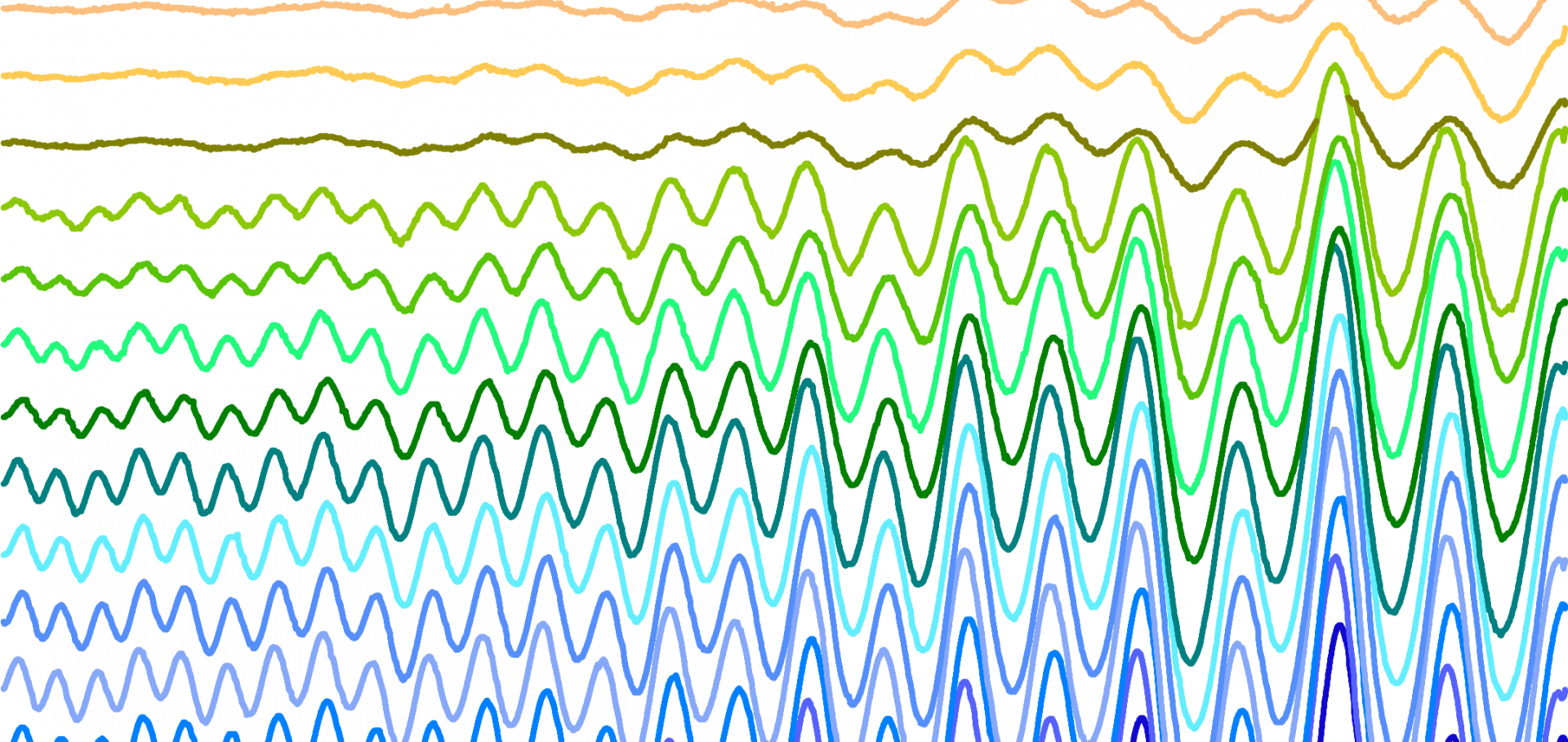Robust superconductivity and fragile magnetism induced by the strong Cu impurity scattering in the high-pressure phase of FeSe
Physical Review Research American Physical Society 4:4 (2022) 043123
Abstract:
Superconductivity in FeSe is strongly enhanced under applied pressure and it is proposed to emerge from anomalously coupled structural and magnetic phases. Small impurities inside the Fe plane can strongly disrupt the pair formation in FeSe at ambient pressure and can also reveal the interplay between normal and superconducting phases. Here, we investigate how an impurity inside the Fe plane induced by the Cu substitution can alter the balance between competing electronic phases of FeSe at high pressures. In the absence of an applied magnetic field, at low pressures the nematic and superconducting phases are suppressed by a similar factor. On the other hand, at high pressures, above 10 kbar, the superconductivity remains unaltered despite the lack of any signature in transport associated to a magnetic phase in zero-magnetic field. However, by applying a magnetic field, the resistivity displays an anomaly preceding the activated behavior in temperature, assigned to a magnetic anomaly. We find that the high-pressure superconducting phase of FeSe is robust and remains enhanced in the presence of Cu impurity, whereas the magnetic phase is not. This could suggest that high-Tc superconductivity has a sign-preserving order parameter in the presence of a rather glassy magnetic phase.Unconventional localization of electrons inside of a nematic electronic phase
Proceedings of the National Academy of Sciences Proceedings of the National Academy of Sciences 119:43 (2022)
Abstract:
The magnetotransport behavior inside the nematic phase of bulk FeSe reveals unusual multiband effects that cannot be reconciled with a simple two-band approximation proposed by surface-sensitive spectroscopic probes. In order to understand the role played by the multiband electronic structure and the degree of two-dimensionality, we have investigated the electronic properties of exfoliated flakes of FeSe by reducing their thickness. Based on magnetotransport and Hall resistivity measurements, we assess the mobility spectrum that suggests an unusual asymmetry between the mobilities of the electrons and holes, with the electron carriers becoming localized inside the nematic phase. Quantum oscillations in magnetic fields up to 38 T indicate the presence of a hole-like quasiparticle with a lighter effective mass and a quantum scattering time three times shorter, as compared with bulk FeSe. The observed localization of negative charge carriers by reducing dimensionality can be driven by orbitally dependent correlation effects, enhanced interband spin fluctuations, or a Lifshitz-like transition, which affect mainly the electron bands. The electronic localization leads to a fragile two-dimensional superconductivity in thin flakes of FeSe, in contrast to the two-dimensional high Tc induced with electron doping via dosing or using a suitable interface.Drastic effect of impurity scattering on the electronic and superconducting properties of Cu-doped FeSe
Physical Review B American Physical Society (APS) 105:11 (2022) 115130
The drastic effect of the impurity scattering on the electronic and superconducting properties of Cu-doped FeSe
(2022)
Ironing out the details of unconventional superconductivity
(2022)


